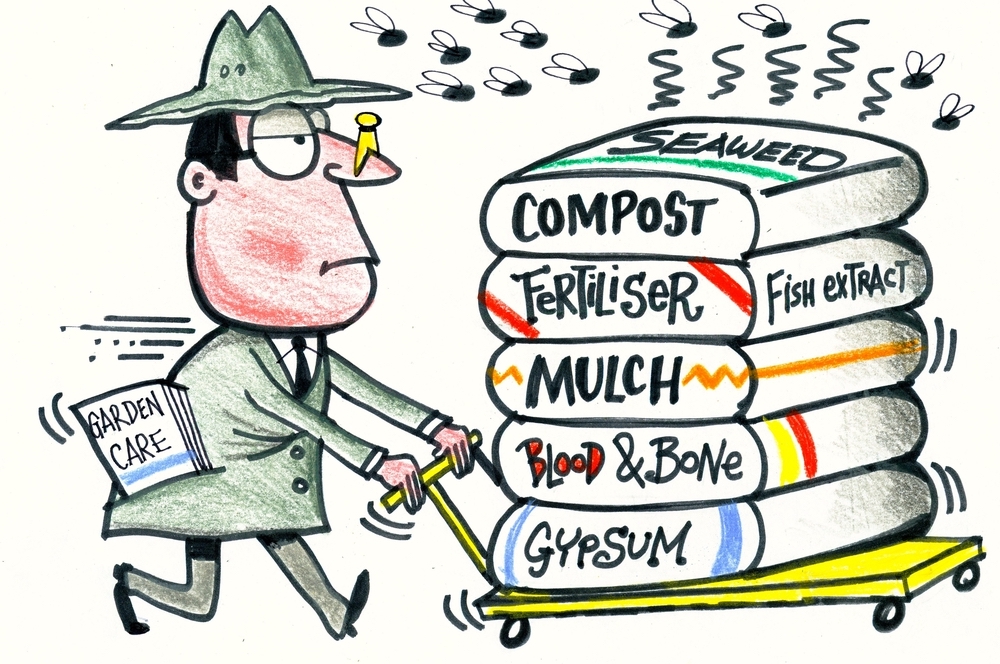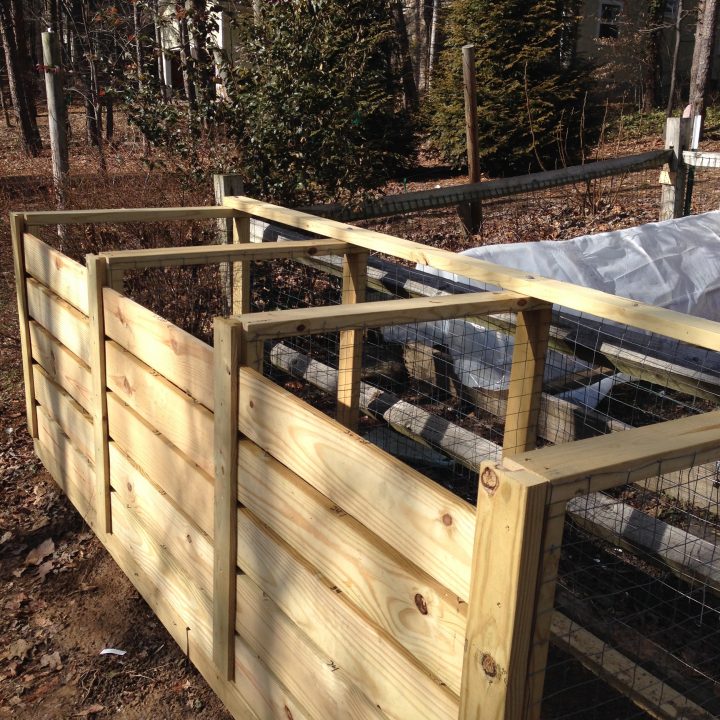If you thought your garden chores were at a virtual standstill with winter, you’ll want to read on. There are a few important things you can do toward nourishing your garden even now by attending to your winter composting.
Keep Your Microbes Warm!

Composting is a simple way to add nutrient-rich humus to your garden to encourage increased plant growth and restore liveliness to depleted soil.
The best part of composting: it’s free and easy!
However, if you have already established compost pile, extra precautions should be taken during cold weather to ensure that your winter composting remains functional and productive.
With cold-weather already present and continuing, it is important to take a few minutes to plan a way to protect the most important factor in your winter composting pile.
As temperature drops in the winter months, microbe’s metabolism slows down.
Microbes account for the most decomposition activity in any compost pile.
Your Compost:
- Helps microbes maintain a high metabolism
- Provides the ideal habitat for these microbes to feast
- Provides healthy, nutrient-rich humus for your spring gardening needs
So, how can this be accomplished?

What Your Soil Microbes Eat
Similar to any other living creature, microbes need a well-balanced diet. Any compost pile requires a good mixture of carbon and nitrogen rich materials, commonly known as “browns” and “greens” among composters.
Compost 2/3 “browns” (carbon), to 1/3 “greens” (nitrogen).
A good rule of thumb is to use ⅓ green (nitrogen-rich), to ⅔ brown (carbon-rich) materials. Microbes use carbon as a source of energy and nitrogen for building cell structure. So, a shortage of either material could result in inefficient microbes and a struggling compost pile.[1]https://extension.oregonstate.edu/sites/default/files/documents/1/ntosoils-compostingandthectonratio.pdf
Green composting materials include grass clippings, food scraps (from non-meat and non dairy sources), coffee grounds, manures and fish emulsions, blood meal. (See coffee grounds for plants).
Brown composting material for carbon come from sources such as dead leaves, straw, non-treated sawdust, wood chips, wood ashes (in moderation), small branches and twigs and shredded cardboard.
Microbes use carbon for energy.

Shred It
Another important factor to consider is the particle size of the organic matter that is being added to a compost pile. Microbes (similar to many humans) can become sluggish when temperatures drop. By shredding the material into smaller pieces, the pile heats up uniformly, and the small particles form a mat that helps shield the compost pile’s core from the external cold temperatures.
Water It
Humidity and winter winds can largely affect the amount of moisture that is available within compost piles. The ideal moisture content for a compost pile should range from 40 to 60 percent.
Ideal compost moisture is 40-60%.
Microbes need moisture to survive, and if the moisture content of a compost pile falls below 40 percent, microbes can become dormant or inactive. To assist microbes in maintaining productive compost piles, moisture-deficient piles should be watered at warmer times within the winter months.
By the way, you know how wonderful it feels to work in the soil in the garden…? Part of the reason is soil microbes which contribute to wellbeing for humans as well as for the soil. Check out gardening therapy.

Leave It
Avoid turning a compost pile in cold weather to help ensure an insulative layer remains on the surface. Extra insulation helps ensure your microbes have the ideal environment for turning waste into nutrient-rich garden humus.
Placement in full sun can benefit compost pile temperatures during cold weather. However, some piles may need other physical insulation precautions, such as tarps, straw bales, and trenches.
And then there’s spring! Imagine entering spring garden season with ripe and ready compost. So keep those winter composting bugs warm!
For more on making the best “black gold” soil for you garden, you may enjoy this article on making organic compost. You can check out best selling compost tumblers and more DIY compost bins here.
For tips on collecting compost scraps in the wintertime, you’ll find those in this compost bin article as well.
Fall and winter are also great times to build a hugelkultur raised bed garden.
Nurture your soil microbes and they’ll nurture your garden.
We are an online gardening publication sharing all things garden related! Including urban farming, family gardening, homesteading, gardening for profits, and more. We’re all about growth!
References

